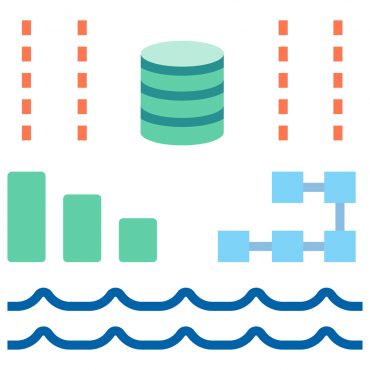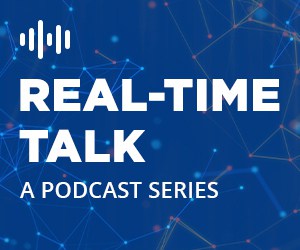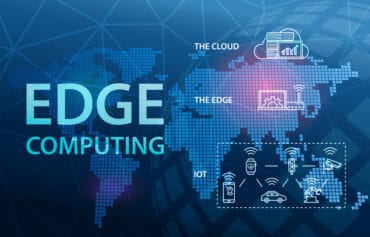
Working with streaming edge data requires a solution with multiple elements to ingest, store, and perform real-time stream analysis.
If there was ever a case of too much of a good thing, that is the problem businesses face today with the flood of data from the edge. The explosive use of IoT, sensors, and other devices has spawned a new class of applications that require the ability to process the streaming data these devices generate.
A quick look at the data frames the issue at hand and can help a business understand the architectural elements needed to succeed. The International Data Corporation (IDC) forecasts that there will be 41.6 billion IoT devices in 2025 capable of generating 79.4 zettabytes (ZB) of data.
Experience Real-Time Business Insights with Streaming Data at the Edge [Learn More]Unfortunately, legacy infrastructure is not able to support data streaming from millions of data sources that often include a variety of data types. What’s needed is a solution that allows businesses to ingest, store, and analyze that data in real-time or near-real-time. When such a solution is available, businesses across many industries can begin to reap the benefits real-time analytics of streaming data can deliver.
See also: It Takes an Empowered Enterprise Edge to Deliver Innovation
From data creation to insights: Required architectural elements
Businesses that want to make use of streaming edge data need several capabilities in place to turn the generated data into actionable insights in a time frame where it can be used to take action immediately. A solution must also allow the use of that data at a later time for operational analysis.
As such, the first thing needed is the ability to ingest all types of data, whether static or streaming, in real time. The data might include IoT data, sensor data, video data, log files, and more. A unique aspect, compared to working with more static data, is that whenever any data is ingested, even historical data files, that data becomes bounded streams of data.
Additionally, a solution must be able to flexibly store different data types and easily scale. Ideally, there should be tiers of storage with different performance and cost attributes to match the computational needs of the specific business case. The storage solution needs to be able to provide instant access to both real-time data and historical data for real-time analysis. And it must ensure long-term access to the data for other purposes. For example, a business might use machine learning on the collected data to get operational insights or use deep learning techniques on the data for strategic analysis.
Businesses also need a way to perform real-time stream analysis on the data. Remember, what is desirable is the ability to analyze different types of data (historical and real-time streaming data) at the same time. In a suitably selected solution, this can occur when the two types of data are together in bounded streams. And increasingly, what makes the real-time analysis possible is the use of an embedded analytics engine.
A final word
Working with streaming edge data requires a solution with multiple elements to ingest, store, and perform real-time stream analysis. Assembling an end-to-end solution requires expertise in many different functional areas and takes a great amount of time.
Experience Real-Time Business Insights with Streaming Data at the Edge [Learn More]Increasingly, businesses are looking to a platform approach to meet their streaming edge data analysis needs. Such an approach should incorporate a mix of open-source and commercial solutions. And it should include enterprise-class features to ensure availability, security, and performance.





























